Pea Protein CAS 222400-29-5
Chemical Name: Pea Protein
Synonyms: PEAPROTEIN; Pea Protein Powder
CAS No.: 222400-29-5
Appearance: Powder
发送询盘
Description
Pea Protein Details
Product Name: Pea Protein
Product Description: Pea Protein 80%?CAS No: 222400-29-5
Other Name: pea protein isolate/pea textured protein/low sodium pea protein
Pea Protein Specification
Appearance
Its?own color
Conforms
olfactometry
Its own flavor without?peculiar?smell
Its own flavor without?peculiar?smell
Moisture,%
?Q?10
5.35
Protein(Dry Basis),%
80??2
80.75
Ash(Dry Basis),%
??8.0
5.15
Fat(Dry Basis),%
??3.0
1.40
Pb, mg/kg
??0.10
??0.05
As, mg/kg
??0.25
??0.05
Cd, mg/kg
??0.20
0.10
Hg, mg/kg
??0.10
??0.01
Aflatoxin /(ug/kg)
??5.0
Negative
PH
6.0-8.0
6.8
Total Plate Count,?cfu/g
?Q?10000
4600
Molds & Yeasts,?cfu/g
?Q?1000
<10
Total Coliforms,mpn/100g
?Q?100
<10
E. Coli,?cfu/g
Negative
Negative
Salmonella,25g
Negative
Negative
Staphylococcus aureaus,25g
Negative
Negative
Pea Protein Description
Pea Protein Isolate is made from high quality non-GMO peas. With 18 kinds of
Amino Acids.High Lysine,no allergen,no cholesterol,high digestibility. It contains?80% protein and?has complete nutrition constituents and strong bean fragrance with?good properties?including?water?& oil retention, emulsification, organization and foaminess.
Pea Protein Package
20kg plastic-paper bag with PE inner bag,packing according to customer requirement.?12 Metric?Tons per 20ft FCL (With pallets)
Pea Protein Application
Pea protein ingredients are used in a wide range of?food?applications: Nutrition?Supplement/
Nutrition Bar, Sport Drinks/ Beverages/ Functional drink, Infant Foods/?Pet?Foods/?Health?foods/?Snack Foods Bakery/Pasta and Noodles/Meat and Fish Products ,?Dietary?Replacements/?Soy
Replacements , Canned?Foods.
Pea Protein Storage
Keep it at dry and well ventilated place, under normal temperature.
Pea Protein Shelf?Life
24 months
| 5 |
|
0 |
| 4 |
|
0 |
| 3 |
|
0 |
| 2 |
|
0 |
| 1 |
|
0 |
- 2
- 2-diallylpent-4-en-1-amine
- 4
- 95-16-9
- Ammonium sulfamate
- Benzothiazole
- cas:67889-00-3ح2
- cas:83524-75-8 | pigment black 32
- cas:928836-00-4 | 2
- cas:932745-70-5 | 4
- Chemical Minerals
- Coconut diethanolamide
- Daily Chemicals
- discount
- for sale
- General pvc resin
- hexyl D-glucoside
- in stock
- Lauramidopropyl betaine
- LAURIC ACID MONOETHANOLAMIDE
- Petroleum Additives
- Plasticiser
- Ploymers
- price
- PVC
- quotation
- Raw Materal
- Remove term: Petroleum Additives Petroleum Additive
- SODIUM ETHYL 2-SULFOLAURATE
Related Products
Product name:HYDROXYPROPYL GUAR HYDROXYPROPYLTRIMONIUM CHLORIDE
Purity:99%
Appearance:Light Yellow Powder
Package:Customized according to customer needs.
Sample:Available
Chemical Name: Ammonium Iron(II) Sulfate
Synonyms: Diammonium iron bis(sulphate); iron (ii) ammonium sulfate
CAS No.: 10045-89-3
Molecular Formula: FeH5NO4S
Molecular Weight: 170.95
Chemical Name: Sunflower oil
Synonyms: Organic Sunflower Oil; Helianthus annuus oil
CAS No.: 8001-21-6
Appearance:?Yellow Liquid
Assay: ??99.0%
Chemical Name: Potassium Castorate
CAS No.: 8013-05-6
Molecular Formula: C57H107K3O12
Molecular Weight: 1101.74718
Appearance: Yellow Liquid
Common English name: 5-iodo-2,3-dihydropyridazin-3-one
CAS No.: 825633-94-1
Molecular formula: C4H3IN2O
Molecular weight: 221.98
Sample: Available
Chemical Name: D-PANTOTHENIC ACID
CAS No.: 79-83-4
Molecular Formula: C9H17NO5
Molecular Weight: 219.24
Appearance: Colorless or Light Yellow Oily Liquid
Chemical Name: LACTITOL
CAS No.: 585-86-4
Molecular Fomula: C12H24O11
Molecular weight:?344.31
Appearance:?White crystalline powder
Assay: 98.0%-101.0%
Chemical Name: o-Xylene
Synonyms: 1,2-Dimethylbenzene; ortho-xylene
CAS No.: 95-47-6
Molecular Formula: C8H10
Molecular Weight: 106.17
Chemical Name: STODDARD SOLVENT
CAS No.: 64742-88-7
Appearance: Colorless or Light Yellow Liquid
Chemical Name: Zinc citrate
Synonyms: Zinc citrate trihydrate
CAS No.: 546-46-3
Molecular Formula: C6H8O7Zn
Molecular Weight: 257.5
Appearance: White powder
Product name:Cyclopentane
Purity:96%
Appearance:White powder
Package:25kg/bag
Sample:Available
Chemical Name: Choline salicylate
CAS No.: 2016-36-6
Molecular Formula: C12H19NO4
Molecular Weight: 241.28
Appearance: Red-Brown Crystal

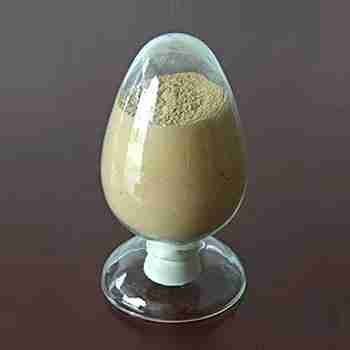
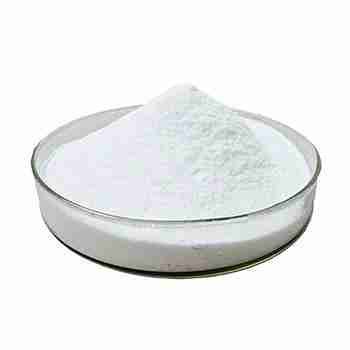
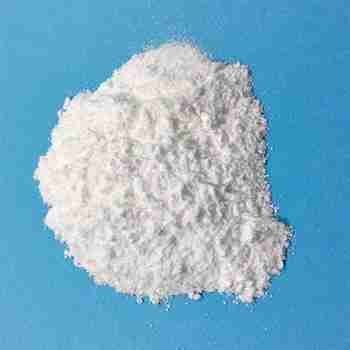


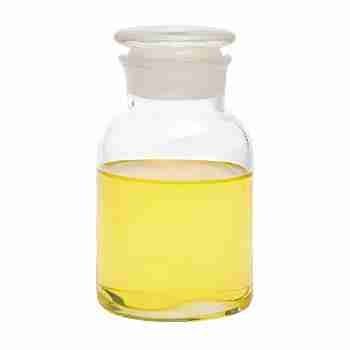


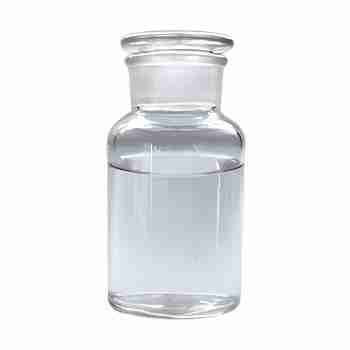
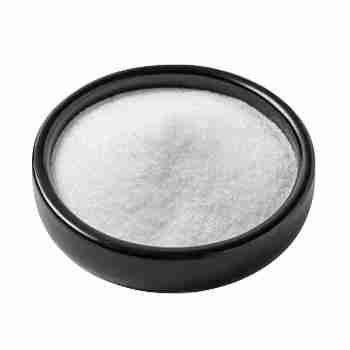








Reviews
There are no reviews yet.